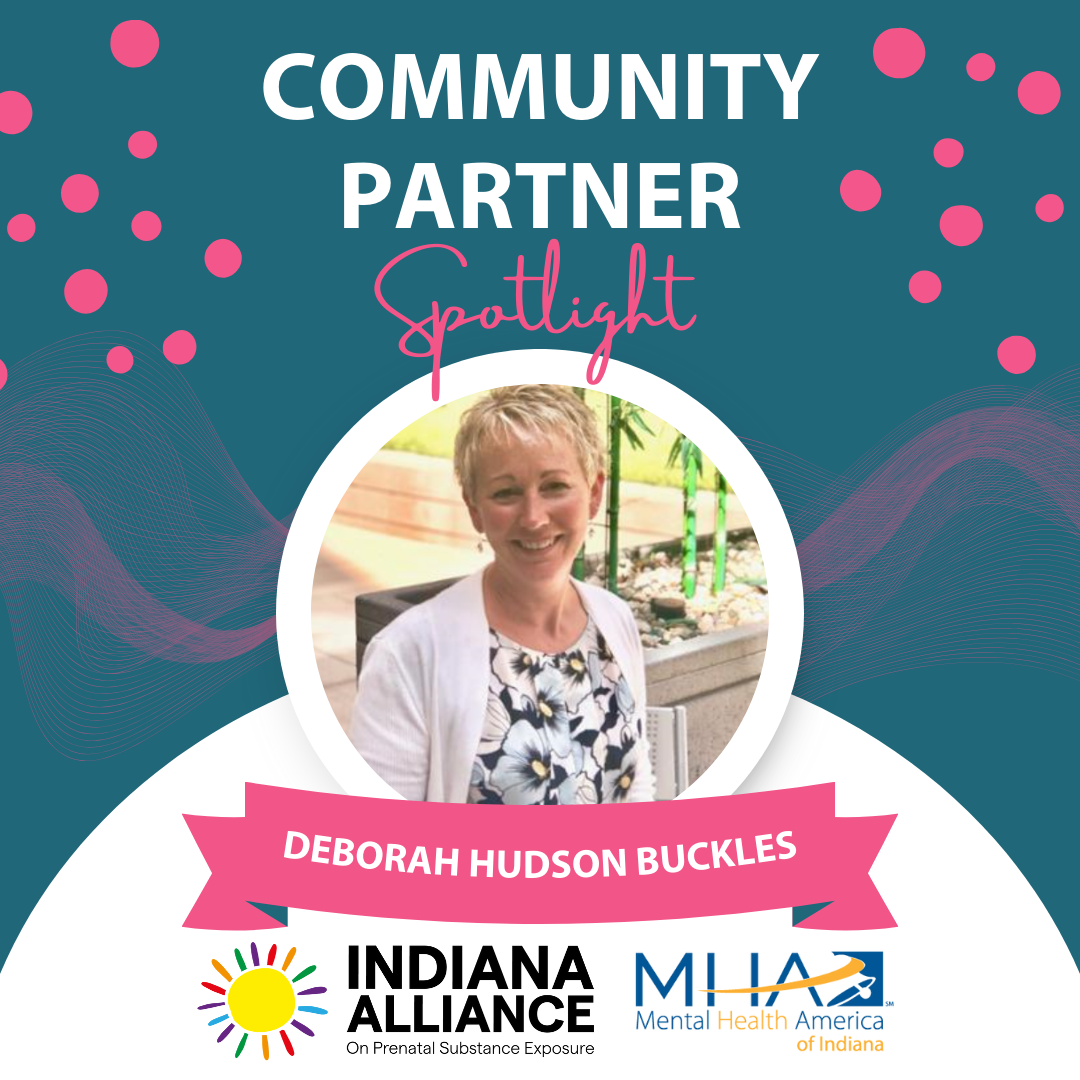
Six-year-old Macy runs throughout her Naperville home, toting her plush Hatchimal toy. In her basement play room, she dangles from the monkey bar rings her dad affixed to the ceiling and then turns to her art supplies. Minutes later, she’s dressing in costumes — first a parrot, then a veterinarian.
When she was a toddler, Macy’s nickname was “the energizer bunny,” said her mom, Erica Okrzesik, because “she was always on the go.”
Today, Macy, whom the Okrzesiks adopted as an infant, seems like a typical, lively first-grader. But she has what her parents call an “invisible” affliction. Last year, Macy was diagnosed with fetal alcohol spectrum disorder, or FASD, which she acquired after her birth mother drank alcohol during pregnancy, Okrzesik said.
“We were just in utter shock and disbelief,” she said. “It’s hellish. It’s really difficult. It’s just an ugly disease.”
The Okrzesiks say there are few services available to them, despite the disability’s potential to severely impair those who have it.
The parents and others whose children struggle with the disorder say they hope new research published this month in the Journal of the American Medical Association leads to increased awareness, more services, improved diagnostic methods and ultimately prevention. The study shows that FASD could be up to five or 10 times more prevalent than previous studies showed, making the disorder at least as common as autism in the U.S., researchers say.
“I hope this raises awareness from families to pediatricians to obstetricians,” said Christina Chambers, one of the study’s authors and professor of pediatrics at University of California at San Diego. “This is not something they could see only once in a blue moon.”
Okrzesik said she and other parents in the tight-knit FASD community think the study “could really be a turning point” for shedding light on the disorder. “I try to educate people who interact with my child, but I can’t do it on my own.”
In the study, researchers evaluated thousands of first-graders in four communities across the U.S., including questioning birth mothers when available. Given their findings of FASD among the sample of children in the study, they concluded the overall prevalence of the disorder could be as high as 5 percent using conservative estimate methods, and up to 10 percent using less conservative estimations. Most of the children who were determined to have FASD hadn’t received that diagnosis in the past, the report said.
The results illustrate how often the disorder is misdiagnosed or missed altogether, said Philip May, a research professor at the University of North Carolina at Chapel Hill, and another author of the study, which was funded by the National Institute on Alcohol Abuse and Alcoholism. For children with less severe cases, “most of (their parents) never thought FASD might’ve been the problem.”
Yet others criticize the study’s methods, and the authors of the study recognize limitations, specifically geographic constraints. Chambers noted the sample was not meant to represent the entire U.S. population, but still believes the findings show FASD is more common than once thought.
Susan Astley, director of the Fetal Alcohol Syndrome Diagnostic and Prevention Network at the University of Washington, said while she agrees FASD is often overlooked, she questioned the methodology of this study. In some cases, she believes the numbers are overestimations, while others could be underestimations.
She points out that the researchers did not know whether the mothers drank for nearly half of the students evaluated because they were not questioned. Plus, schools are not the right environment to do such a study, Astley said, because those most at risk likely wouldn’t agree to participate.
“Of course they’re not wanting to … say they drank during pregnancy,” she said. “There’s just too great a stigma associated with FASD.”
No safe amount
The U.S. Centers for Disease Control and Prevention recognizes three disorders on the fetal alcohol spectrum: fetal alcohol syndrome, which is the most severe, alcohol-related neurodevelopmental disorder and alcohol-related birth defects. They cause varying levels of cognitive and developmental delays and behavioral problems. Children often have memory and learning difficulties, and struggle with judgment and impulse control. There can also be physical symptoms, including facial abnormalities and impairment of hearing and vision.
The U.S. surgeon general, the CDC, the American Academy of Pediatrics, and the American College of Obstetricians and Gynecologists have long said no amount of alcohol is safe during pregnancy and advise pregnant women to abstain from drinking. Two years ago, the CDC went a step further and issued a controversial recommendation that all women who could get pregnant and are not using birth control also avoid alcohol because of the frequency of unintended pregnancies, and because some women do not realize they are pregnant in the early weeks that are crucial for a developing fetus.
When a pregnant woman drinks alcohol, so does her baby, said Dr. Susan Mitchell, a Downers Grove OB-GYN. A fetus cannot metabolize alcohol like an adult can, she said, and when the alcohol is processed, it’s excreted directly into the surrounding amniotic fluid, repeatedly exposing the fetus in utero. “Some doctors describe it as marinating your baby in alcohol.”
Dr. Whitney You, Northwestern maternal-fetal medicine doctor, said pregnant patients sometimes ask: “ ‘It’s OK to have a glass of wine at a baby shower, right?’ I tell them no. No amount is safe because we don’t know.”
While the message of “no alcohol” is clear in the medical community, You said, it’s important to make sure patients understand why they’re hearing that message. “The way I approach it is, we have so little control over so many things in life. This is the one thing you have control over,” she said.
Damage done
For Macy, the FASD manifests itself in several ways. Okrzesik said her daughter is socially more like a 3-year-old child. She doesn’t understand certain social cues, can be aggressive toward peers and needs constant supervision.
Okrzesik and her husband, Jeff, first noticed Macy was hyperactive around age 2. Then Macy started doing things they hadn’t seen in other children. If Macy got excited, she’d lick a wall or the driveway, her mother said. When guests arrived, she’d bark at them alongside the family dog. And while tantrums are typical of toddlers, Macy’s seemed severe, Erica Okrzesik said. “They’d leave us in tears.”
By her fifth birthday, Macy had a smattering of diagnoses — ADHD, sensory processing disorder and autism spectrum disorder. Despite treatment, the issues remained.
Then, a physician suggested FASD, given that Macy had some of the facial features and smaller head size associated with the disorder.
Now Macy receives several different therapies to address symptoms of FASD. But “no matter the best efforts, the (brain) damage is already done,” said Erica Okrzesik, who said she is still coming to terms with her daughter’s diagnosis.
To remind herself to stay “fierce,” she has that word as a tattoo on her left forearm. “I’m constantly fighting for her.”
Ajeet Charate, a licensed professional counselor who treats Macy and other children with FASD, called the study “long overdue” and hopes it will put FASD into the public eye.
“There has to be conversation in the community,” Charate said. “This condition can totally be avoided.”
There also needs to be more support for alcohol addiction, said Tom Donaldson, president of the National Organization on Fetal Alcohol Syndrome. “If we really want to get at this, we need to do a better job of getting treatment for alcohol abuse,” he said. “Most women stop (drinking); some can’t.”
Life changing
Like many adoptive parents of children with FASD, Brandi Talaga said she wishes the public knew more about the disorder and is surprised drinking during pregnancy “is still a question.”
Talaga and her husband adopted Kole, now 15, from Russia when he was about 18-months-old. About two years ago, after several misdiagnoses, the family finally got the answer to Kole’s violent outbursts, troubles at school, sensory issues and other problems — FASD.
“A lot of traumatic things happen,” said Talaga, who described chasing Kole down the street as he tried to hurl himself into traffic. To protect Kole, she locks up the kitchen knives with the sugary snacks in a teal plastic bin in their family room.
Kole said he knows he’s “not your average kid. I feel like people aren’t going to accept me because I’m different.” But he’s made friends at his therapeutic school and enjoys some of his classes. He looks forward to a summer camp with other FASD kids and enjoys the camaraderie there.
Talaga said she’s had to adjust the dreams for her son, but hopes he learns skills at his school so that he can get a job after graduation.
“There’s a favorite quote I’ve come across,” she said. “Instead of preparing the child for the world, you have to prepare the world for your child.”
Twitter @knthayer
Credit / Sources
This article was published by the Chicago Tribune and appeared originally on their website.










